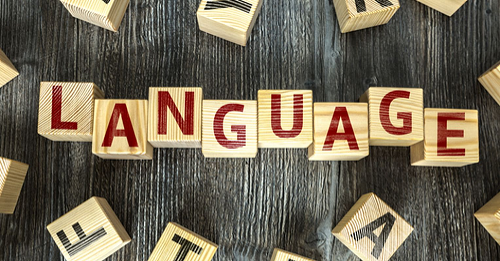
Turn taking
Communication involves turn taking. When interacting with another person, we take turns a lot to say something.
To develop a child’s interaction skills, it’s important they learn how to take turns.
Advertisement
Children first learn to take turns with everyday activities before learning to take turns with words etc.
Babies begin to take turns with their caregivers around four months.
A child’s ability to engage in turn taking activities is the foundation for two-way interaction.
Children need to learn to take turns with people.
However, some children can find turn taking difficult and may need support to develop that skill.
Benefits of turn taking
Turn taking offers children the opportunity to learn new experiences and language.
They get the opportunity to hear the adult model/version of what they may be wanting to communicate nonverbally.
Children learn new words and feel a part of the interaction when offered their turn.
Regardless of whether they are using words yet or not, it is important that they are offered their turn to help them develop this skill.
Activities
•Bath time – taking turns to wash body or do same with the doll
•Shopping – take turn with your child to unpack the shopping (taking the items from the bag)
•Story time – take turns to point to pictures in a book (and name them)
•Play time – take turns to build a tower with Lego, take turns to kick/throw/roll ball, take turns to feed the doll with a spoon, take turns to blow bubbles and pop bubbles
Remember to use language during these activities. Keep your language simple and short.
Important tips
When engaging your child in a turn taking activity, always make sure you have your child’s attention by removing all distractions in the environment such as turning off the television, radio etc.
It is also helpful to be at the same level with your child.
This means you may have to sit the floor with your child to do the activity together.
It offers the child the opportunity to see your face and gives more meaning to what you are doing.
As you use your facial expressions and gestures with the words that you say, your child gets to learn more language.
When you are done having your turn, wait in anticipation for your child to have theirs.
Allow your child some time to respond by taking their turn.
Praise them after they have had their turn to encourage more of that by building their confidence and self-esteem.
Acknowledge every attempt your child makes by praising them.
While you engage your child in turn taking activities at home, it is important to be patient as some children find this skill difficult.
To make it fun, try to be creative.
More importantly, enjoy!
The writer is Speech & Language Therapist/Clinical Tutor, University of Ghana. E-mail: [email protected]



